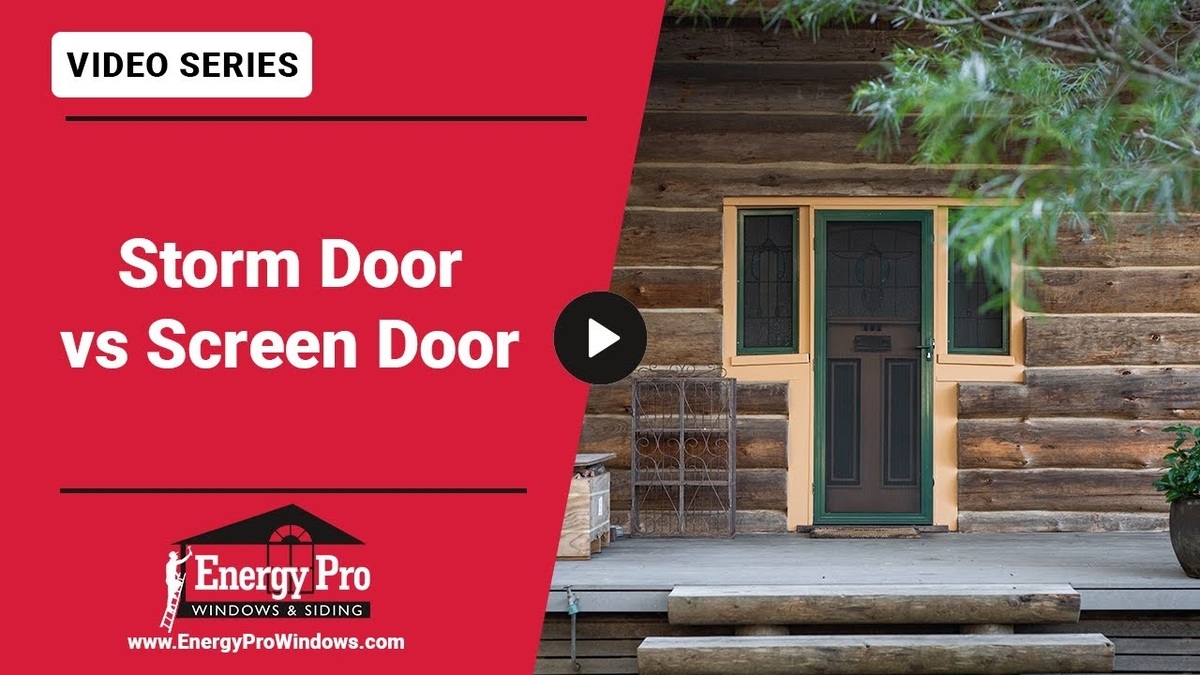You close your front door, expecting it to provide a secure barrier against the elements. But lately, it’s been sticking, creaking, or refusing to lock without a fight. What gives? These small annoyances could signal a much bigger issue: a rotting door frame. Left unchecked, frame rot can compromise your home’s security, energy efficiency, and structural integrity. In this guide, we’ll help you identify the warning signs, understand the risks, and explore the most effective solutions to restore your door frame—and your peace of mind.
Why Door Frames Begin to Rot
Door frames, especially those made from wood, are susceptible to rot, particularly in climates with freezing temperatures and snow. In winter, snow and ice can accumulate at the base of the door, exposing the wood to prolonged moisture. Over time, this moisture penetrates the frame, causing it to soften and deteriorate. If your door frame is older or wasn’t installed with modern water-resistant technology like a frame saver, it can rot faster and eventually compromise the door’s structural integrity.
Recognizing the Signs of a Rotting Door Frame
To help you identify early signs of rot and prevent further damage, here are some clear indicators:
1. Soft or Spongy Wood
Press around the bottom of the door frame, where rot often begins. If the wood feels soft, spongy, or gives under pressure, it’s likely that rot has started to develop. Wood should feel solid, so any give in the material can indicate that moisture has penetrated deep into the frame.
2. Sticking or Misaligned Door
Is your door sticking or rubbing against the frame? This could mean the wood has rotted, causing the frame to warp or shift out of square. When a frame becomes uneven, it impacts the door’s alignment, leading to difficulties in opening, closing, and locking.
3. Water Damage and Leaks
If you notice water pooling at the base of your door or leaking around the frame, this could indicate that the frame is deteriorating. If left unattended, this moisture can extend beyond the frame, potentially causing damage to your flooring, subflooring, or even a finished basement below.
4. Visible Mold or Mildew
Mold growth on or around the frame is a clear sign that moisture has taken hold. Mold not only affects the door frame but can also spread to nearby walls and flooring, posing health risks and damaging the surrounding materials.
5. Loose Door Hardware
Rot in the frame can cause your door to feel loose, making it harder to lock or latch properly. If you find yourself needing to lift or pull on the door to lock it securely, it may mean the frame is losing its integrity due to rot.
The Consequences of Ignoring a Rotting Door Frame
A rotting door frame is more than just a cosmetic issue; it can lead to severe structural problems if not addressed promptly. Here are a few risks associated with untreated door frame rot:
- Damage to Subflooring and Joists: As the rot spreads, it can move into the subflooring and joists, requiring extensive repairs.
- Increased Energy Costs: A compromised door frame may not seal correctly, allowing drafts to enter, which raises heating and cooling costs.
- Mold and Health Risks: Moisture trapped in the frame can lead to mold, which can cause respiratory issues and allergies.
- Complete Door Replacement: In severe cases, the frame rot could necessitate a complete door replacement, frame included, as simply replacing the slab often won’t align properly with an uneven frame.
How to Handle a Rotting Door Frame
Once you’ve identified signs of rot, you’ll need to decide on the best course of action to address the issue. Here’s what we recommend:
1. Assess the Extent of the Damage
If the rot is limited to a small area, you may be able to temporarily repair it. For example, some homeowners cut out the rotting wood and replace it with a new section. However, this solution is typically a temporary fix and may not hold up to the demands of frequent door use.
2. Replace the Frame with Modern Materials
Today’s doors are often equipped with frame saver technology, which prevents the lower parts of the frame from rotting when exposed to moisture. If your frame doesn’t have this feature, it may be worth investing in a new frame to avoid future rot issues.
3. Consider a Full Door Replacement
In many cases, replacing the entire door and frame as a unit can provide the best results. When we install new doors, we replace everything down to the studs, ensuring no residual rot or mold remains. This approach guarantees a solid, level fit that minimizes the risk of future rot and helps your door operate smoothly.
4. Regular Maintenance to Prevent Rot
Once you have a new door frame in place, consider regular maintenance, especially during and after winter. Keep the base of the door clear of snow and ice buildup to prevent moisture from sitting against the frame. Routine inspections can also help catch early signs of wear.
When to Call in the Professionals
A rotting door frame can be a tricky repair, and it’s often best left to professionals who can assess the extent of the damage and recommend a solution that ensures lasting results. Attempting to fix it yourself might provide a temporary solution, but without the right tools and techniques, the problem can return, leading to more costly repairs down the line.
In Summary
A rotting door frame can create numerous issues, from a misaligned door to structural damage. By checking for early signs like soft wood, sticking doors, and visible mold, you can address the problem before it worsens. For the most reliable and durable solution, consider a full door and frame replacement, especially if your current setup lacks modern moisture-resistant technology.
If you suspect your door frame is rotting or want a professional opinion, contact us to ensure the longevity and safety of your entryway.



